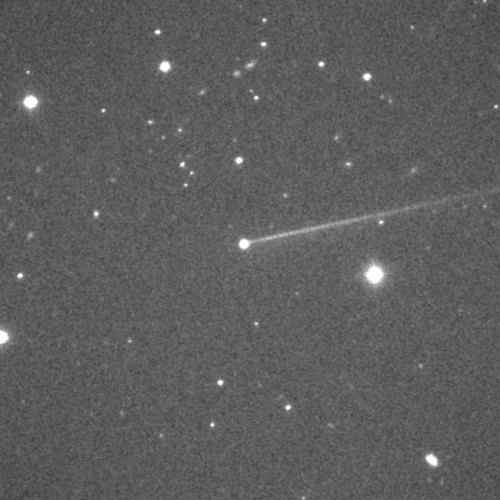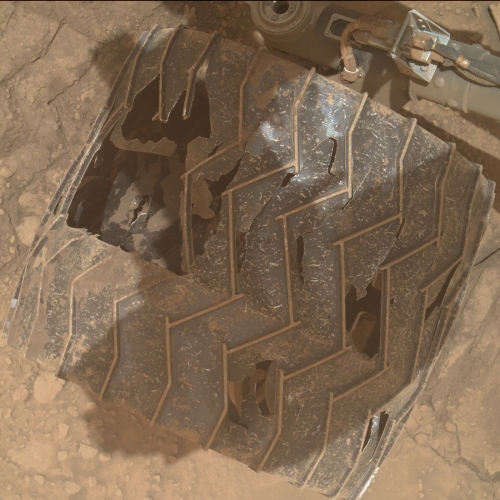Rocket Lab reschedules first Wallops launch to January
Having had to scrub the launch on December 18th and December 19th due of weather, Rocket Lab has now officially rescheduled its first Wallops launch to January.
The move of the planned launch window from December 2022 to early 2023 was driven by weather and the additional time that the National Aeronautics and Space Administration (NASA) at Wallops and the Federal Aviation Administration (FAA) required to complete essential regulatory documentation for launch. The delay in documentation left only two days in the originally scheduled 14-day launch window and both of those final remaining days were unsuitable for launch due to bad weather. The Mid-Atlantic Regional Spaceport within NASA’s Wallops Flight Facility is now closed for launch activity for the remainder of the December due to holiday airspace restrictions, preventing further launch attempts in 2022.
Rocket Lab originally wanted to launch from Wallops two years ago, but has been repeatedly stymied by government red tape. At that time the company wanted to use the software of its own flight termination system, a system that it has successfully used in New Zealand more than two dozen times, including several times where launch failures actually required the system to destroy the rocket. NASA said no, and instead insisted on spending two years apparently creating its own software which also requires the added presence of NASA officials during launch.
Having had to scrub the launch on December 18th and December 19th due of weather, Rocket Lab has now officially rescheduled its first Wallops launch to January.
The move of the planned launch window from December 2022 to early 2023 was driven by weather and the additional time that the National Aeronautics and Space Administration (NASA) at Wallops and the Federal Aviation Administration (FAA) required to complete essential regulatory documentation for launch. The delay in documentation left only two days in the originally scheduled 14-day launch window and both of those final remaining days were unsuitable for launch due to bad weather. The Mid-Atlantic Regional Spaceport within NASA’s Wallops Flight Facility is now closed for launch activity for the remainder of the December due to holiday airspace restrictions, preventing further launch attempts in 2022.
Rocket Lab originally wanted to launch from Wallops two years ago, but has been repeatedly stymied by government red tape. At that time the company wanted to use the software of its own flight termination system, a system that it has successfully used in New Zealand more than two dozen times, including several times where launch failures actually required the system to destroy the rocket. NASA said no, and instead insisted on spending two years apparently creating its own software which also requires the added presence of NASA officials during launch.


